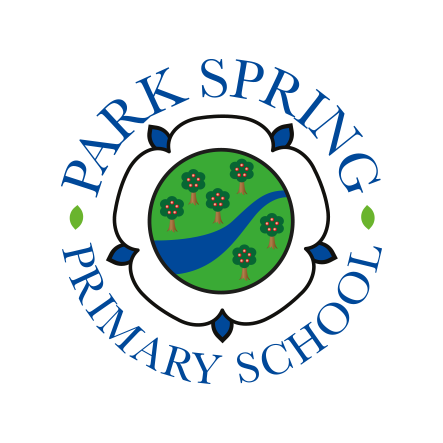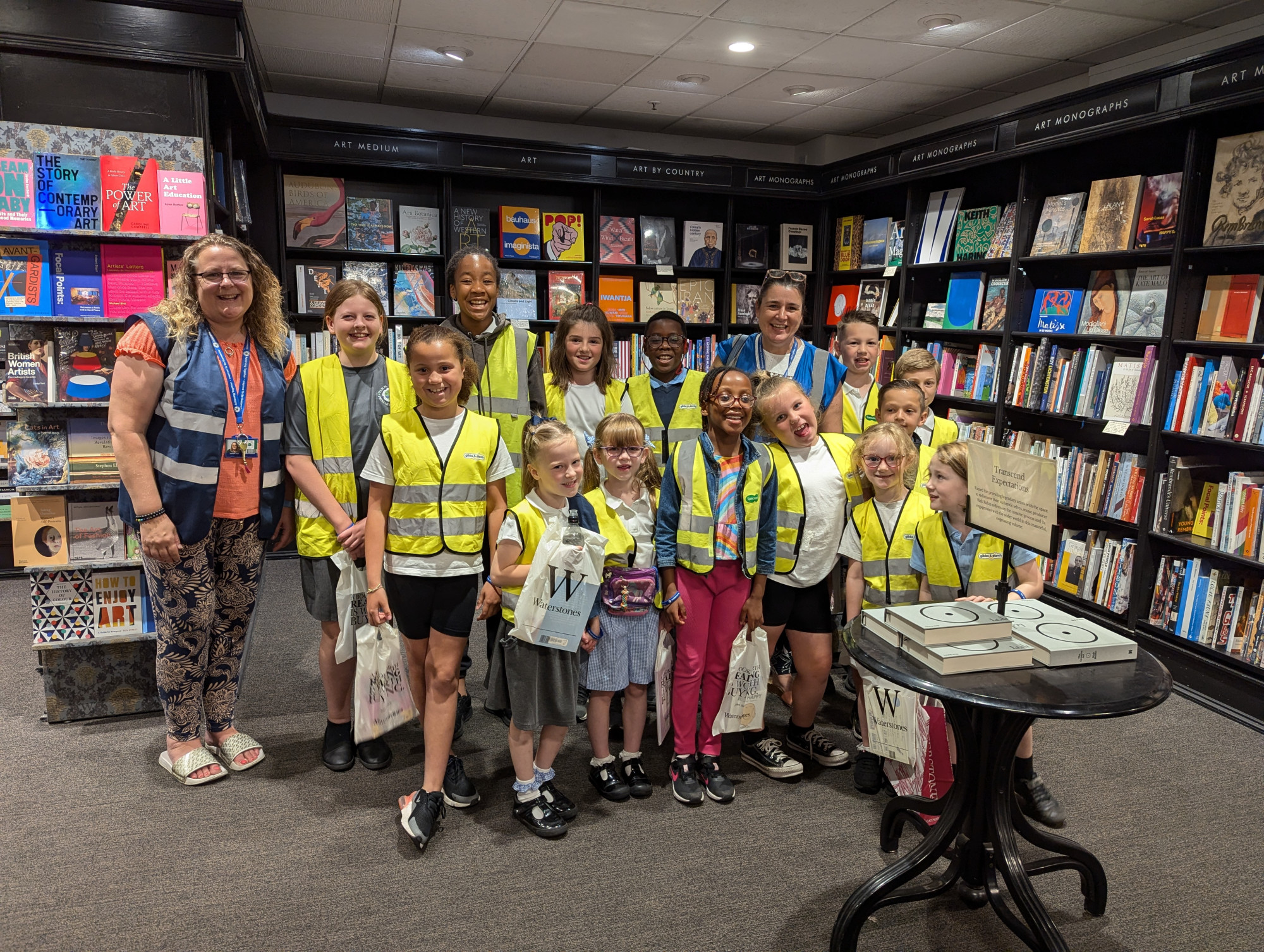Mathematics
DOING MORE MATHS … KNOWING MORE MATHS … REMEMBERING MORE MATHS
INTENT:
Mathematics is a creative and highly inter-connected discipline that has been developed over centuries, providing the solution to some of history’s most intriguing problems. It is essential to everyday life, critical to science, technology and engineering, and necessary for financial literacy and most forms of employment. A high-quality mathematics education therefore provides a foundation for understanding the world, the ability to reason mathematically, an appreciation of the beauty and power of mathematics, and a sense of enjoyment and curiosity about the subject.
(National Curriculum 2014)
Maths is an important skill which is used in everyday life. At PSPS we want our children to master a sense of number then build on this to develop the skills of addition, subtraction, multiplication and division.
The Maths curriculum is built on progression within each year. Each year group has a logical sequence of knowledge that builds on prior learning and ultimately lead to a mastery of maths.
At PSPS we have developed a mastery approach to the teaching of maths to ensure fluency, reasoning and problem solving.
We want the children to:
Become fluent in the fundamentals of mathematics through varied and frequent practice with complexity increasing over time.
- Develop conceptual understanding and ability to recall and apply knowledge rapidly and accurately.
- Reason mathematically; follow a line of enquiry, conjecture relationships and generalisations.
- Develop an argument, justification and proof by using mathematical language.
- Problem solve by applying knowledge to a variety of routine and non-routine problems, breaking down problems into simpler steps and persevering in answering.
DOWNLOAD OUR MATHS INTENT STATEMENT HERE
IMPLEMENTATION:
We aim to do this by:
- Ensuring our children have access to a high quality maths curriculum that is both challenging and enjoyable.
- Ensuring children are confident mathematicians who are not afraid to take risks.
- Allowing opportunities to revisit and deepen pupils understanding around concepts and aspects of mathematics allowing them to know more and remember more.
- Employing a variety of mastery strategies to ensure fluency and the ability to recall and apply knowledge rapidly and accurately.
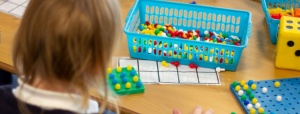
How we do mathematics:
DOWNLOAD OUR MATHEMATICS POLICY HERE
At PSPS we teach for mastery of Maths from EYFS to Year 6 and lesson incorporate the 5 big ideas of mastery.
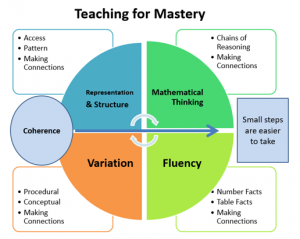
To ensure coherenece we teach using the White Rose Maths materials. In response to the learning disruption as a result of COVID-19 we take guidance from the NCETM / DfE ‘Ready to Progress’ Materials. These guide us to focus on the necessary KNOWLEDGE children require before moving to the next year group.
Children begin their maths learning journey in our NURSERY. Maths is all around them everyday and is supported by the staff and the provision areas that are put in place for them to access. The children have 2 sessions per week of carpet time (teacher-led session), where the teachers and key workers guide the pupils through progressive maths focuses including pattern, number and shape.
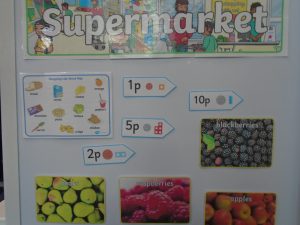
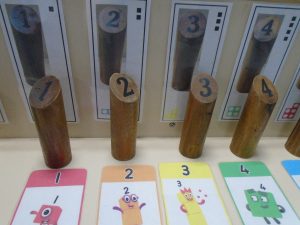
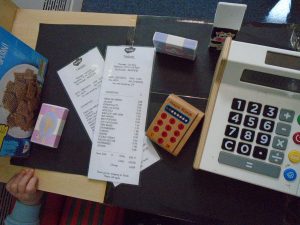
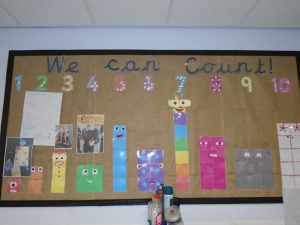
In our RECEPTION CLASSES learning becomes more formalised whilst still valuing the importance of good indoor and outdoor provision. Children have 2 sessions of maths per day. A 15 minute session that is focussed on securing firm foundations in the development of good number sense. This continues through to Year 1 and Year 2. The aim over time is that children will leave KS1 with fluency in calculation and a confidence and flexibility with number. This is delivered as part of our work with the NCETM (National Centre for Excellence in the Teaching of Mathematics) and the DfE Maths Hubs programme. Click here for more details MASTERING NUMBER
Reception children also recieve a daily teacher-led session of direct maths teaching. See our policy for the Long Term plan that they follow. This lasts apprximately 20 to 30 minutes and is followed up by a weekly recording activity in small groups with the class teacher.
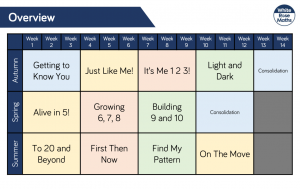
Children in KS1 recieve 2 sessions of maths per day . A 15 minute FLUENCY session (Mastering Number – see above) and a 45 minute session ‘main lesson learning’. In KS2 the ‘main lesson’ is extended to 50 minutes per day.
PLANNING:
At PSPS, we teach from the NATIONAL CURRICULUM. See below or click the link for full detail.
PRIMARY_national_curriculum_-_Mathematics_220714
We use the White Rose (Maths Hub) resources to provide our long term plans and lesson detail.
YEAR 1 YEAR 2 YEAR 3 YEAR 4 YEAR 5 YEAR 6
Maths Units of Work
Units are planned throughout the year. Prior to the start of a new unit of learninglow stakes assessments are carried out to ensure learning begins with the KNOWLEDGE that the children have previously learnt and retained. Post unit assessment are carried out towards the end of the unit to ensure continued pupil progress.
Mathematical fluency sessions ensure that the basic skills and building block of arithmetic are mastered and over rehearsed to ensure that when applying and using mathematics their working memory is not overloaded. The content of the fluency sessions PROGRESSES in KNOWLEDGE CONTENT and FORMAT as we move through the year groups.
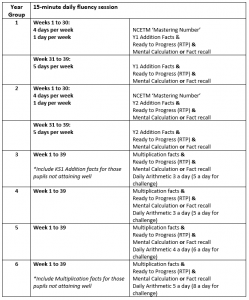
Teachers are provided this FLUENCY content to ensure planned progression.
YEAR 1 YEAR 2 YEAR 3 YEAR 4 YEAR 5 YEAR 6
Calculation:
For information about how we teach addition, subtraction, multiplication and division , read our guides. If you are trying to support your child – THANKYOU – but please don’t struggle if you find the methods confusing. Instead contact your child’s class teacher and they will respond with further guidance. Click on the appropariate link for the operation you require
IMPACT:
Pupils voice and our own monitoring tells us that the pupils as PSPS value and understand the importance of maths. The children have told us that they enjoy our mastery approach as ‘they are clearer about their role in their learning’ and that it allows them to feel taught and supported but that there is always a challenge there for them. They enjoy our DAILY REASONING as it gives them an opportunity to TALK and ARGUE! (about maths). They REALLY LIKE the teacher modelling and the sentence stems as these tools help them understand. The start and end of unit QUIZES are popular as the children enjoy seeing the progress they have made and understanding what they need to or have learnt.
HOMELEARNING:
As you know at PSPS we do homelearning not homework. You ‘work’ for somone else – you ‘LEARN’ for yourself!
Following on from our investment in remote learning during the COVID-19 pandemic, we have moved homelearning into a e-format for 2021 to 2022. For details of homelearning WEEKLY REQUIREMENTS, please click the link.
Children are provided with accounts for NUMBOTS (Number – EYFS and KS1); TTRS (Times tables Rock Stars – Y2 to Y6) and MATHLETICS (All mathematics Y2 to Y6).
NATIONAL ASSESSMENT:
Upon entry into RECEPTION we are aksed to BASELINE all pupils. This is a government assessment to measure pupil progress from 2021. Click HERE for deatails.
SATS (Year 2 and Year 6)
SATs are national tests that children take twice during their primary school life. Firstly, at the end of Key Stage 1 (KS1) in Year 2, and then secondly, at the end of Key Stage 2 (KS2) in Year 6. These standardised tests are actually known as End of Key Stage Tests and Assessments, but most people know them as SATs (Standard Assessment Tests) .
SATs are an indicator of the progress your child has made at school so far. They are not a measure of whether your child is passing or failing; they simply show what level your child is currently working to.
KS1 Maths
SATs are an indicator of the progress your child has made at school so far. They are not a measure of whether your child is passing or failing; they simply show what level your child is currently working to.
Pupils sit their second set of SATs at KS2 level in Year 6. These tests are more formal than those taken in KS1 and have set exam days as well as external marking in the majority of schools. Children will take exams in English reading comprehension, grammar, punctuation, spelling, mathematical reasoning, and arithmetic.
Once the KS2 SATs are complete, they will be sent away for external marking and children should receive their results towards the end of the summer term in July of Year 6. You will receive a report stating your child’s:
- Raw score – simply, the actual number of marks they received in their SATs
- Scaled score – a conversion score that allows results to be compared year-on-year
- Expected standard – whether or not they have achieved the national standard
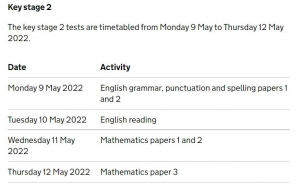
Year 4 Multiplication Check
All primary school-aged children are expected to know their times tables up to 12 x 12 by heart. In fact, they are expected to have mastered their times tables by the end of Year 4.
Until now, there had been no formal measure to judge whether children in England had learnt their times tables or not – with a formal judgement only somewhat made from a child’s Year 6 Maths SATs performance. So, the idea is for the Multiplication Tables Check to be taken towards the end of Year 4 to make sure children are meeting the benchmark of memorising their times tables up to 12 x 12 before moving up to Upper Key Stage 2 (Year 5 and Year 6).
From the 2019/20 academic year onwards, all state-funded maintained schools and academies (including free schools) in England will be required to administer an online multiplication tables check (MTC) to year 4 pupils.
The national curriculum specifies that pupils should be taught to recall the multiplication tables up to and including 12 × 12 by the end of year 4.
The purpose of the MTC is to determine whether pupils can recall their times tables fluently, which is essential for future success in mathematics. It will help schools to identify pupils who have not yet mastered their times tables, so that additional support can be provided.
Schools will have a 3-week window to administer the MTC. Teachers will have the flexibility to administer the check to individual pupils, small groups or a whole class at the same time.

